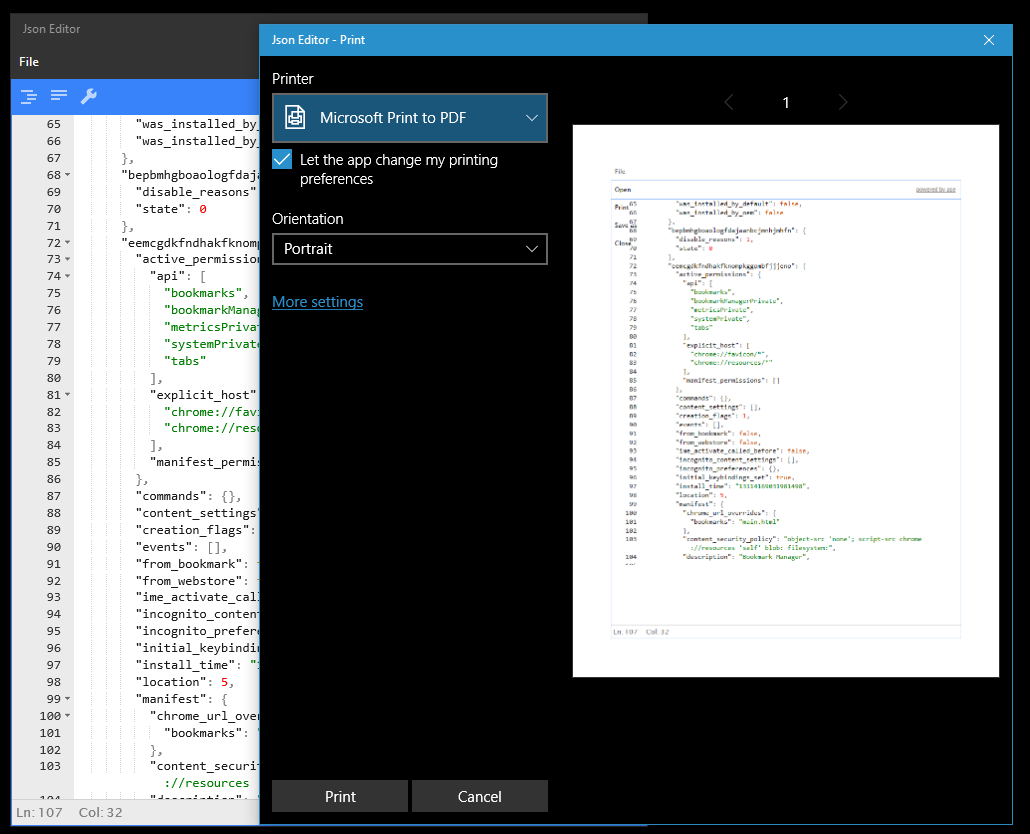

theme = 'bootstrap4' // Set an option during instantiation const editor = new JSONEditor ( element, ) For more under-the-hood documentation, check the wiki. The rest of this README contains detailed documentation about every aspect of JSON Editor. More examples can be found at the JSON-Editor Interactive Playground


#Javascript json editor download#
Since, editorjs-html outputs plain HTML, you can style it the way you want.You can also access older releases from CDN, using the landing page: local usage download the production version or the development version Requirements Generate HTML that suits your project, rather making your project suiting the library. Extend for your own custom blocks, by simply providing a parser function. You can even override this parsing behavior. Parse inside browser, during build time or even on your server. You can use it with any kind of project or framework. It parses your editorjs generated JSON to HTML. Now, you have two options, either to write your own parser from scratch or use some pre-built solution. This sounds best but, still leaves you with writing your own parser. However on the flipside, you are left with generating HTML, in a way that best fits your project. Sadly, at this point of time EditorJs does not provide a way to display this data on a web page. But, you cannot use on your website unless you parse it into HTML. Now, JSON is good when you have to store it or send it over a network. A block can be an image, a paragraph, a header and even your own personal editor block.Īll cool, but the issue however is, EditorJs outputs “JSON” instead of HTML. In order to achieve this, EditorJs considers each piece of data as blocks. It provides a clean polished interface, that feels modern and is customizable. But, in case you have not.ĮditorJs is a rich text editor you can embed into your applications. If you are here, you probably have known about E ditorJs already.


 0 kommentar(er)
0 kommentar(er)
